Science denial is still an issue ahead of COP28
Real Climate
NOVEMBER 29, 2023
The only region of cooling is the northern Atlantic, where climate models have long predicted just that due to a slowing of the Atlantic Ocean overturning circulation. The heating of the global ocean has been going on at a steady rate of nine zeta Joules per year for decades , which is 15 times the worldwide primary energy consumption.


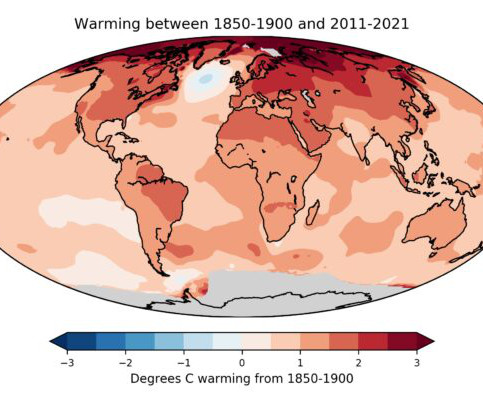
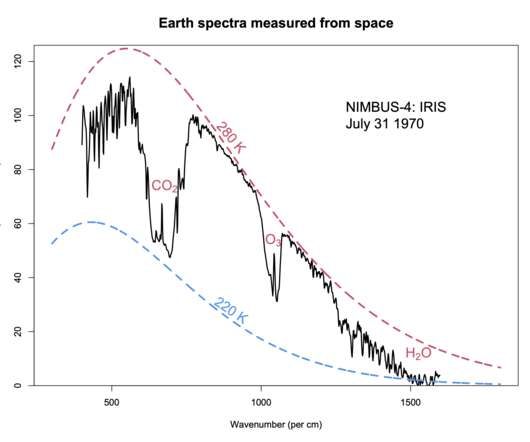
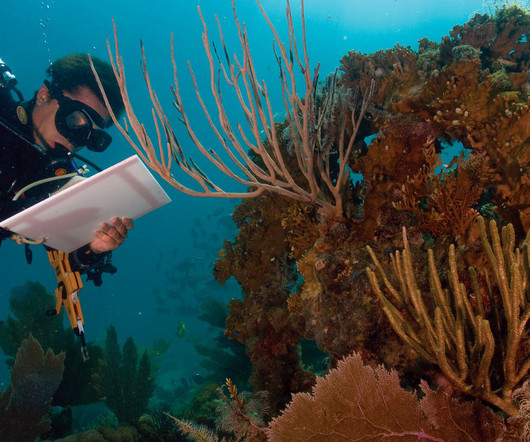
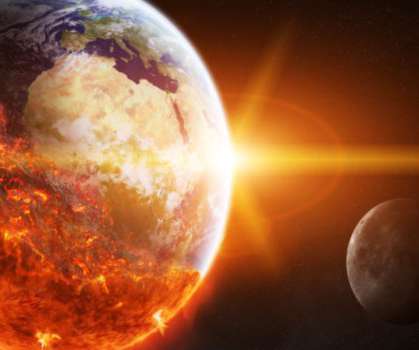

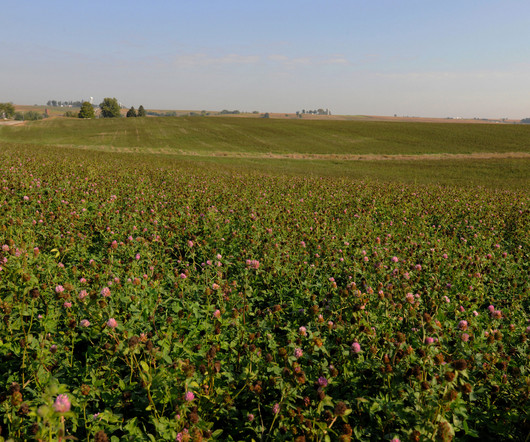
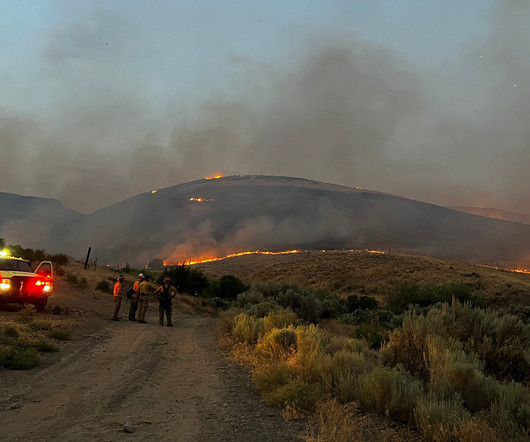
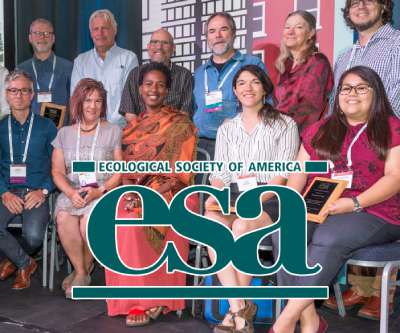
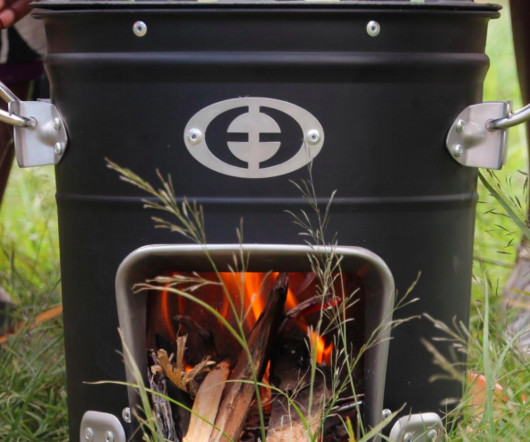
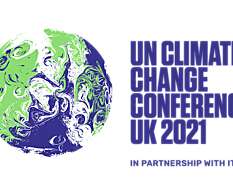
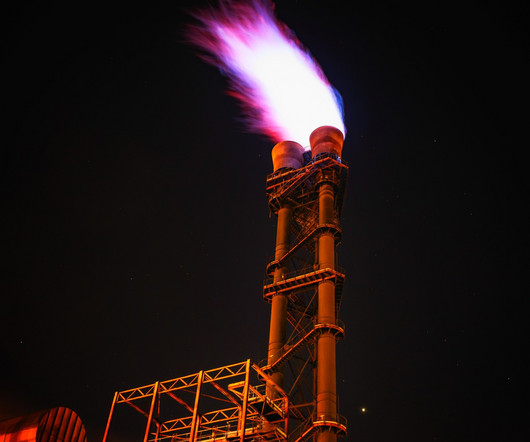
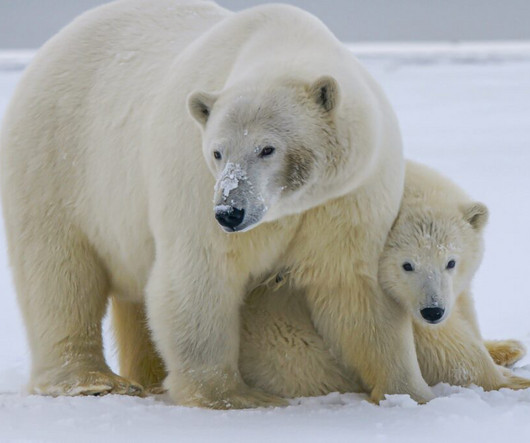










Let's personalize your content